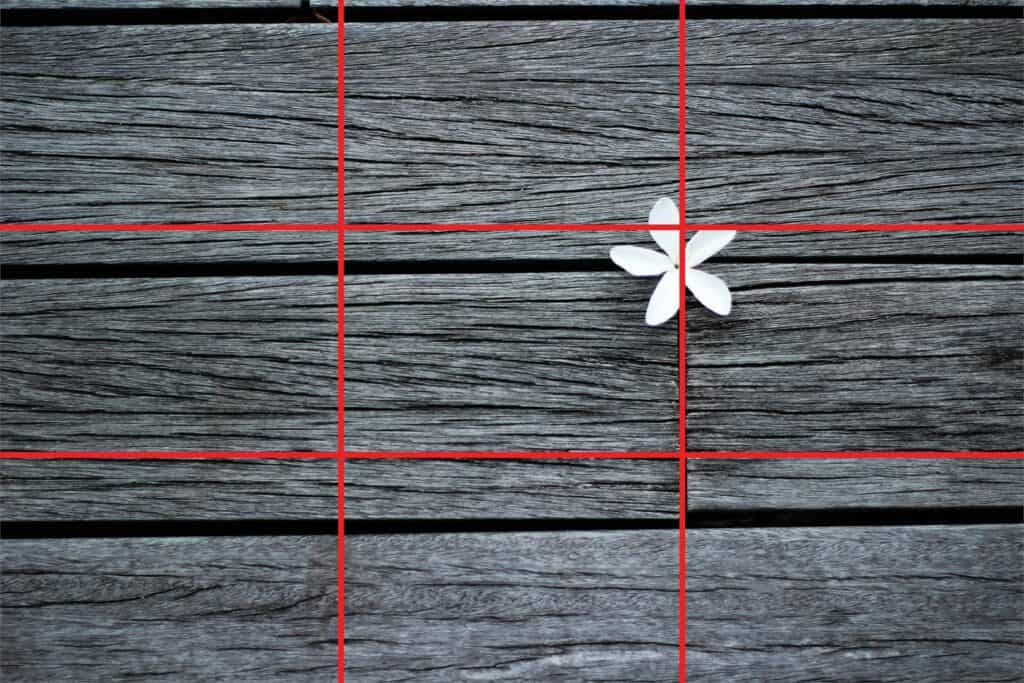Mastering the Basics of Composition
Introduction
Photo composition is the arrangement of elements within a photograph. It involves positioning and framing the subject and other elements to create a balanced, visually appealing image. Composition is crucial in photography because it affects how viewers perceive and engage with your photos. A well-composed image can draw the viewer’s eye to the subject, convey a story, and evoke emotions. This article will cover essential composition techniques: the rule of thirds, leading lines, and framing.
The Rule of Thirds
The rule of thirds is a fundamental composition technique that divides the image into a 3x3 grid, creating nine equal parts. The main idea is to place the key elements along these lines or at their intersections, rather than centering them. This creates a more balanced and dynamic composition, making the image more engaging.
How to Apply the Rule of Thirds
To apply the rule of thirds, imagine your viewfinder divided into nine equal sections by two horizontal and two vertical lines. Place the main subject or focal points along these lines or at their intersections. Most cameras and smartphones have a grid feature that can be enabled to help visualize this rule.
Examples of the Rule of Thirds
- Portraits: Position the subject’s eyes near the top third line, creating a pleasing and balanced look.
- Landscapes: Place the horizon along the top or bottom third line to emphasize either the sky or the ground, adding depth to the image.
- Action Shots: Position the moving subject on one of the vertical lines, allowing space in the direction of movement, enhancing the sense of motion.

Leading Lines
Leading lines are lines within an image that guide the viewer’s eye toward the main subject. These lines can be straight, curved, diagonal, or converging and are a powerful tool to direct attention and create a sense of depth and movement.
Types of Leading Lines
- Straight Lines: Roads, bridges, and pathways that lead the eye straight to the subject.
- Curved Lines: Rivers, trails, and waves that create a natural, flowing path for the eye to follow.
- Diagonal Lines: Sloping hills, staircases, and architectural features that add a dynamic element to the composition.
- Converging Lines: Lines that meet at a point, drawing the viewer’s focus to the convergence area, often the main subject.
Importance of Leading Lines
Leading lines are crucial because they enhance the visual journey through the photo, guiding the viewer’s eye and emphasizing the subject. They create a sense of depth and can add drama and interest to the composition.
Examples of Leading Lines
- Roads and Paths: A winding road leading to a distant mountain, drawing the viewer into the landscape.
- Buildings and Architecture: A row of columns converging toward a central figure, highlighting the subject’s importance.
- Nature: A river flowing toward a sunset, creating a natural path for the viewer’s eye to follow.

Framing
Framing involves using elements within the scene to create a "frame" around the main subject. This technique can focus attention on the subject, add context, and create a sense of depth and layers in the image.
Techniques for Using Natural and Artificial Frames
- Natural Frames: Use elements like trees, branches, arches, or windows to naturally frame the subject within the scene.
- Artificial Frames: Incorporate man-made structures such as doorways, fences, or bridges to create a defined border around the subject.
How Framing Enhances Composition
Framing can draw attention to the subject, making it stand out more prominently. It also adds depth and context, providing a sense of location and environment. Additionally, framing can help isolate the subject from distractions, ensuring the viewer’s focus remains on the main element.
Examples of Framing
- Nature: A tree arching over a path, framing a person walking in the distance, highlighting their journey.
- Architecture: A doorway framing a person standing in the threshold, emphasizing their presence.
- Urban Scenes: A fence or gate framing a bustling street scene, adding depth and focus to the central activity.
Conclusion
Mastering the art of composition is essential for creating compelling and visually appealing photographs. By understanding and applying techniques like the rule of thirds, leading lines, and framing, photographers can guide the viewer’s eye, emphasize the subject, and create balanced, dynamic images. Practice these techniques to enhance your photography skills and produce captivating photos that tell a story and evoke emotions.
